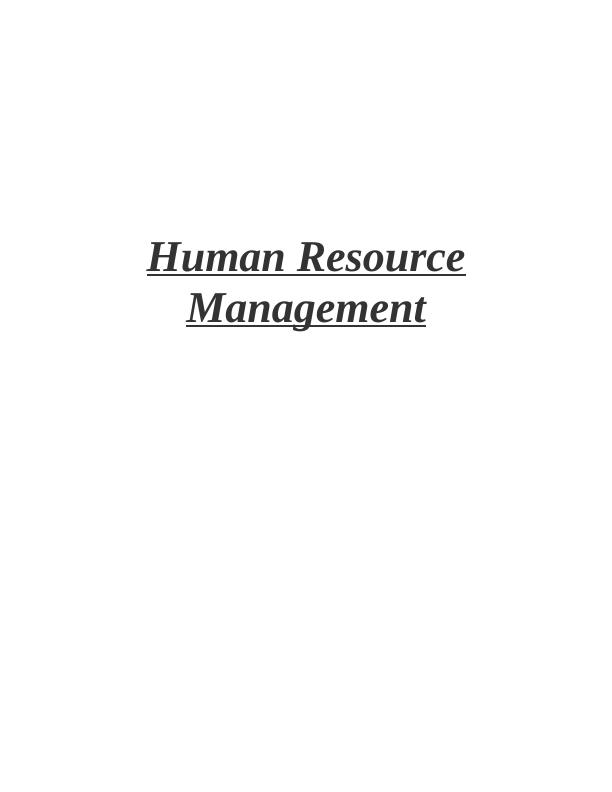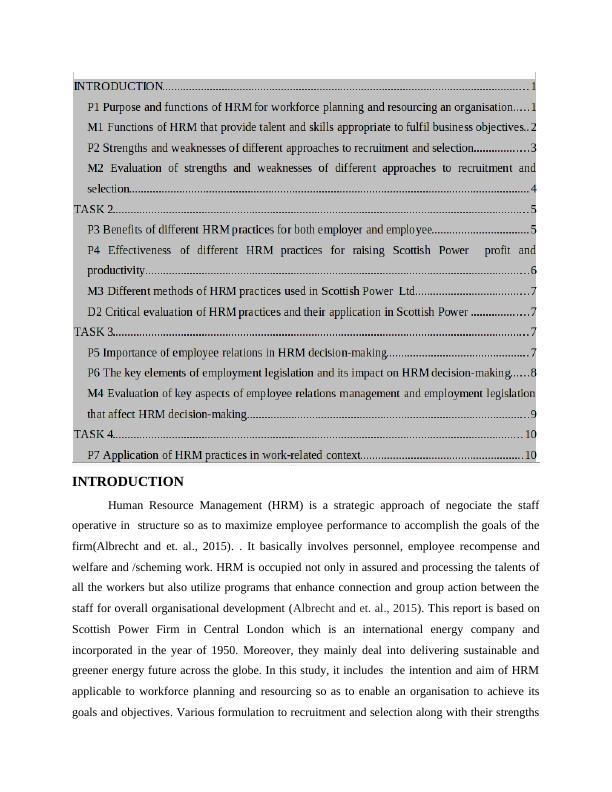Benefits of HRM Practices for Employer and Employee
14 Pages4314 Words28 Views
Added on 2023-01-19
About This Document
This article discusses the benefits of different HRM practices for both employers and employees. It explores how HRM practices can enhance productivity and profitability in Scottish Power Ltd. Topics covered include recruitment and selection, training and development, performance management, and compensation and benefits.
Benefits of HRM Practices for Employer and Employee
Added on 2023-01-19
ShareRelated Documents
End of preview
Want to access all the pages? Upload your documents or become a member.
Human Resource Management Approaches - Tesco
|15
|4677
|458
Approaches for Effective Employee Relations and Engagement
|18
|4891
|61
Impact of Employment Relations on Decision-Making
|16
|4612
|33
Functions and purposes of HRM
|19
|4926
|45
Purpose and Functions of HRM in ALDI
|18
|5235
|29
Developing & Managing Performance Assignment
|11
|2753
|77




